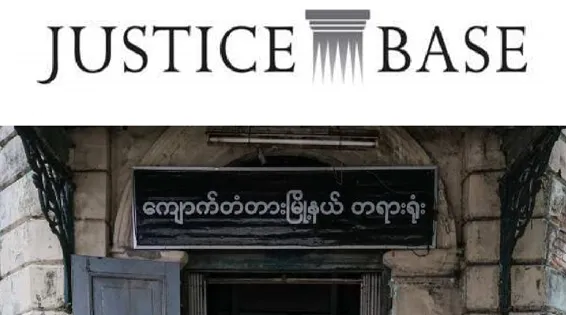Behind Closed Doors: Obstacles and Opportunities for Public Access to Myanmar’s Courts
08 June 2017

The National League for Democracy’s (NLD) victory in national elections in 2015 is said to have marked the dawn of “a new era” for democracy in Myanmar. The NLD has emphasized the importance of establishing the rule of law as part of this transition. However, the judicial system is afflicted by a number of serious problems, of which the best documented are widespread judicial corruption, the executive branch’s improper influence over judicial functions and the low competency levels of judges and lawyers. As a result of these sorts of problems, public trust in Myanmar’s formal justice system is low.
Another significant problem has been the exclusion of the public from Myanmar’s courts. Previous regimes frequently tried suspected offenders out of public view in closed door hearings before civilian courts and martial law tribunals.2 While the right to a public hearing is enshrined in the Constitution of the Republic of the Union of Myanmar (2008) (“the 2008 Constitution”), there has been little recent analysis about whether this entitlement exists in practice.
This report aims to provide a snapshot, as of mid-2016, of the extent to which the public is able to access and observe proceedings in Yangon Region’s courts, including Township Courts, District Courts and the Yangon High Court. The findings presented below are based primarily on the research of four Myanmar nationals recruited by Justice Base to spend a month each observing, and attempting to observe, hearings in Yangon’s courts. Justice Base also conducted several interviews with Myanmar lawyers and employees of legal nongovernmental organisations to elicit their views as to the state of public access to court proceedings in Yangon and the perceived importance of such access.
This report is divided into three parts. Part I provides a brief overview of Myanmar’s judicial system and some of its well-documented problems. Part II considers the right to public hearings, including the right’s conceptual justification, its standing in international and domestic law, and its relevance in contemporary Myanmar. Part III then presents data and conclusions from Justice Base’s program of observation.
The right to a public hearing serves the interests of a defendant or the parties to a proceeding by promoting accountability and scrutiny of all actors involved in court processes. The right also serves the interests of the public at large, encouraging public understanding of the judicial system and helping to establish its legitimacy.
The right to a public hearing is not absolute. International rights instruments recognise that, in some contexts, the right may be outweighed by the right to privacy or other concerns.
Download full report in English HERE.
အစီရင္ခံစာ ျမန္မာဘာသာကုိ ဤေနရာတြင္ ရယူႏုိင္သည္။
Announcements
21 May 2025
Open letter: Malaysia must lead ASEAN with principle, not hypocrisy, to address the Myanmar crisis

Progressive Voice is a participatory rights-based policy research and advocacy organization rooted in civil society, that maintains strong networks and relationships with grassroots organizations and community-based organizations throughout Myanmar. It acts as a bridge to the international community and international policymakers by amplifying voices from the ground, and advocating for a rights-based policy narrative.